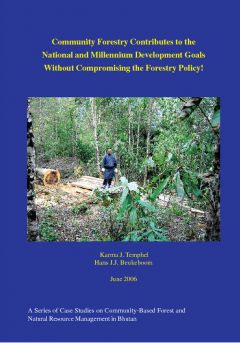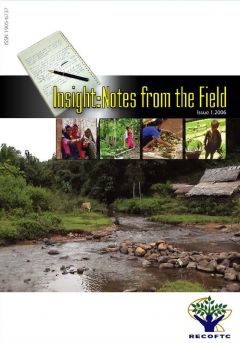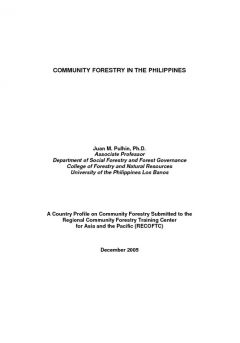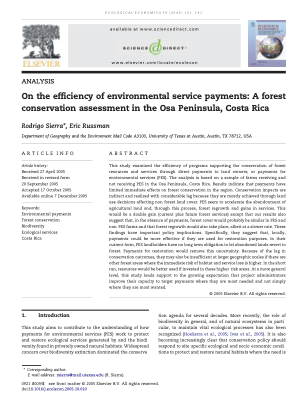Contribution of Community Forestry to Protected Areas Management
In most countries in the region, local communities' use of forest resources is strictly regulated. The strategy of managing forests through stringent protection and regulation has in fact not been very successful in protecting forests in Asia, and has resulted in conflicts between enforcement officers and communities. New strategies are required that acknowledge the high costs and conflicts in classical protected area management approaches and look at complementary strategies for achieving conservation by working with, rather than against, local communities.








